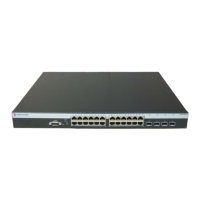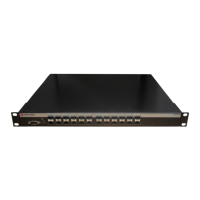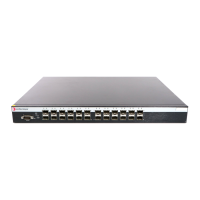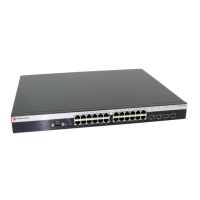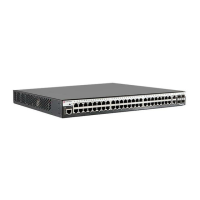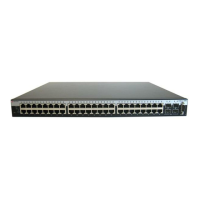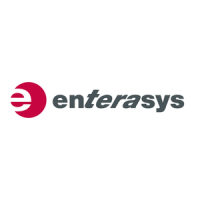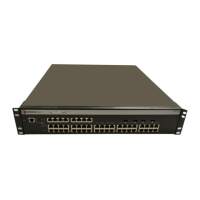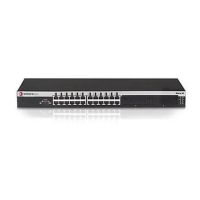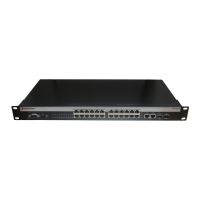Configuring SNMP
12-8 Configuring SNMP
doorstep. To determine if all these elements are in place, the SNMP agent processes a device
configuration as follows:
1. Determines if the “keys” for trap “doors” do exist. The key that SNMP is looking for is the
notification entry created with the set snmp notify command.
2. Searches for the doors matching such a key and verifies that the door is available. If so, this
door is tagged or bound to the notification entry. It was built using the set snmp targetaddr
command, which specifies the management station IP address to which this door leads, and
the “procedure” (targetparams) to cross the doorstep
3. Verifies that the description of how to step through the door is, in fact, there. The agent checks
targetparams entries and determines this description was made with the set snmp
targetparams command, which tells exactly which SNMP protocol to use and what
community or user name to provide.
4. Verifies that the specified name, configured using either the set snmp community or set snmp
user command is available.
5. Sends the notification message to the target address.
SNMP Defaults
Device Start Up Configuration
By default, SNMPv1 is configured on Enterasys switches. Table 12-4 lists the default configuration
parameters, which include a single community name - public - granting read-write access to the
whole MIB tree for both SNMPv1 and SNMPv2c.
You can revise this default configuration by following the steps described in “Adding to or
Modifying the Default Configuration” on page 12-10.
To take advantage of the advanced security and other features available in SNMPv3, it is
recommended that you add to the Enterasys default configuration by configuring SNMPv3 as
described in “Configuring SNMPv3” on page 12-10.
Refer also to “Configuring Secure SNMP Community Names” on page 12-15 for a description of a
recommended configuration that will prevent unsecured access to SNMP information.
Table 12-4 Default Enterasys SNMP Configuration
Parameter Default Value
Community name public
Group access privileges rw (read-write)
Group user name public
Security model v1
Security access rights all (for read, write, and notify access)
MIB view all (entire MIB tree)
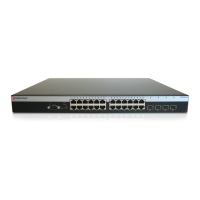
